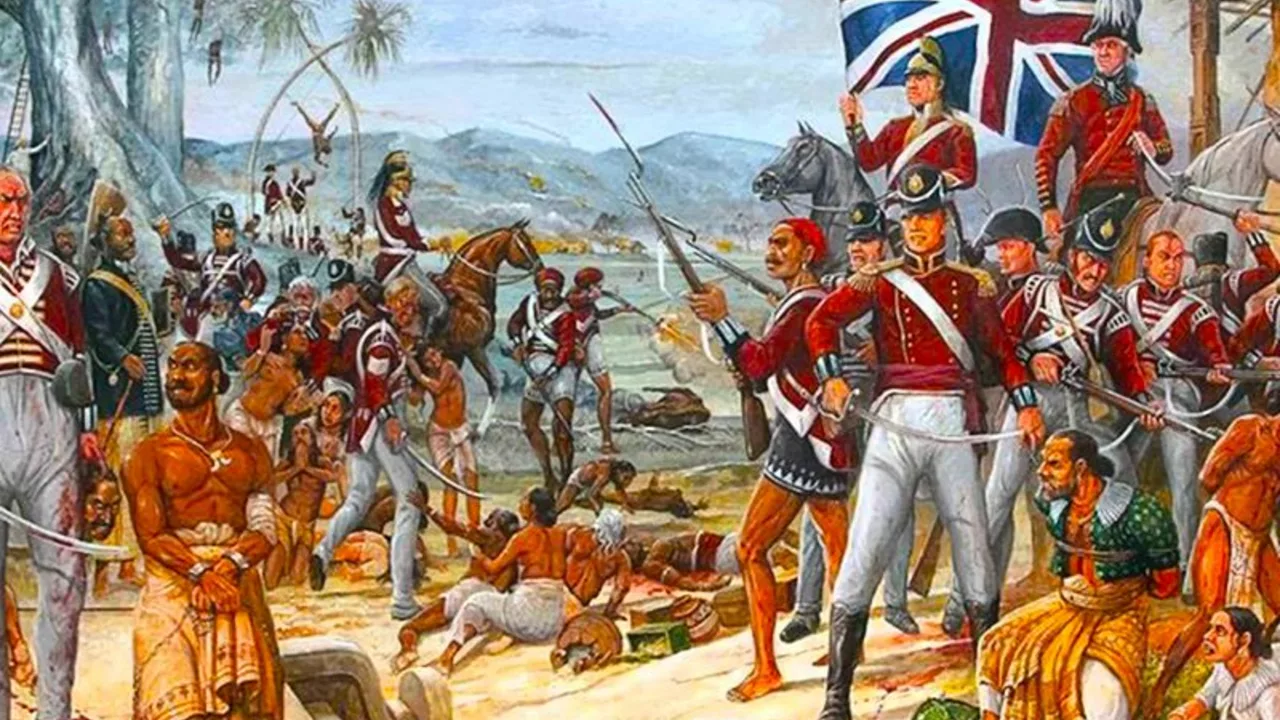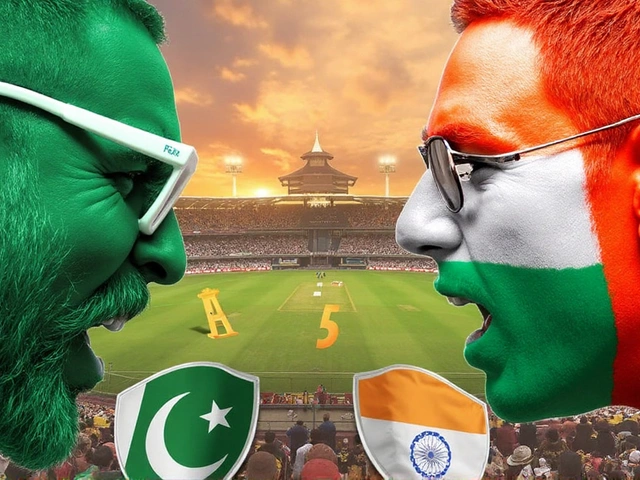British Rule: Essential Insights for PSC Exam Prep
If you’re gearing up for the PSC exam, you’ll soon see that British rule is a hot topic. It isn’t just a chapter in a textbook; it shapes many of the questions on history, civics, and even current affairs. Let’s break down the most important points so you can answer those tricky queries with confidence.
Timeline of British Rule in India
The British presence started with the East India Company in the early 1600s, but real control began after the Battle of Plassey in 1757. From that victory, the Company expanded its grip, winning the Battle of Buxar in 1764 and setting up a revenue system that drained local economies. The 1857 revolt forced the Crown to step in, marking the start of the British Raj in 1858. This period lasted until independence in 1947, spanning almost a century of direct British administration.
Key dates to remember: 1757 – Plassey, 1857 – Sepoy Mutiny, 1858 – Crown rule, 1947 – Independence. Each milestone links to a specific policy or event that the exam often tests, so keep them in mind when you revise.
Impact on Society and Governance
British rule left a mixed legacy. On the positive side, the railways, telegraph, and modern legal system were introduced, giving India a foundation for future development. On the flip side, heavy taxation, land revenue reforms like the Permanent Settlement, and the “divide and rule” strategy created social tensions that still echo today.
Administratively, the British divided the country into provinces and princely states, a structure that influences today’s federal system. Understanding how the Governor‑General, Viceroy, and provincial governors operated helps you tackle questions about colonial bureaucracy and its modern remnants.
Education also saw a shift. The Macaulay Minute of 1835 pushed English education, creating a class of Indian elites familiar with British ideals. This educated class later led the freedom movement, a link you’ll often find in essay prompts.
Economically, the British turned India into a raw material supplier and a market for British goods. The deindustrialization of traditional crafts and the infamous “drain theory” are concepts you should be able to explain in short answer sections.
When you study British rule, think of it as a cause‑and‑effect puzzle. The policies they introduced led to social changes, which in turn sparked resistance movements. This chain reaction forms the backbone of many PSC questions on nationalism and independence.
Finally, remember that British rule isn’t just about dates; it’s about the lasting influence on law, language, infrastructure, and political thought. Tie these points back to modern India when answering analytical questions, and you’ll show the examiner you grasp the bigger picture.
Use this quick guide to flash out the core ideas, then dive deeper into each topic with your prep books. The clearer you see the connections, the easier it becomes to recall facts under exam pressure.

What was life like in British India?
- Date: 22 Jul 2023
- Categories:
- Author: Aarav Khatri
Life in British India was a period marked by stark contrasts, with the British Raj ruling over the Indian subcontinent. As I've discovered, while urban areas and industries witnessed development and westernization, the rural population often suffered from famine and poverty. The British introduced English education, railways, telegraph and modern administration, yet they heavily exploited India's resources and people for their own benefit. Moreover, the cultural exchange between Britain and India resulted in a unique fusion, but also led to a rise in nationalism and the quest for independence. All in all, the experience was a mixed bag, creating a complex historical legacy that continues to shape India's identity today.




